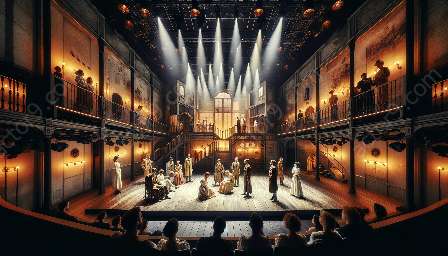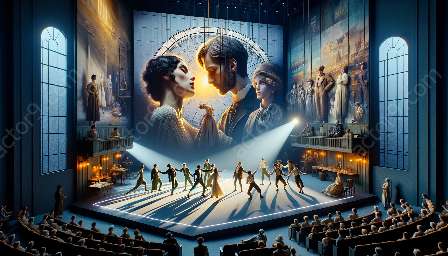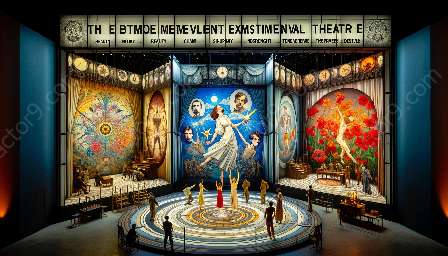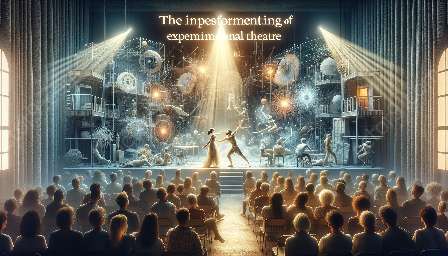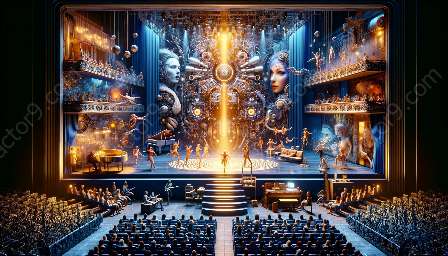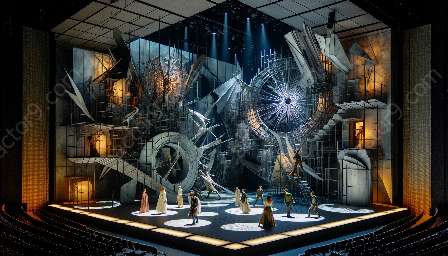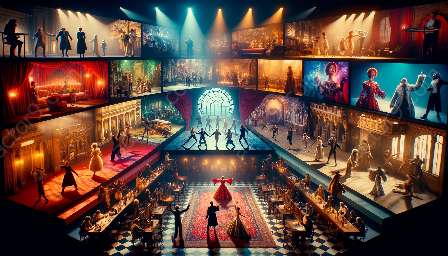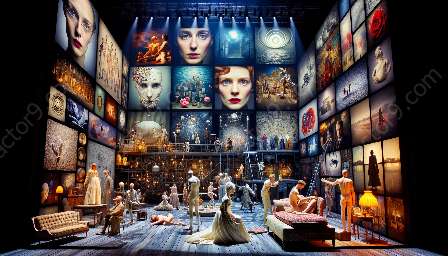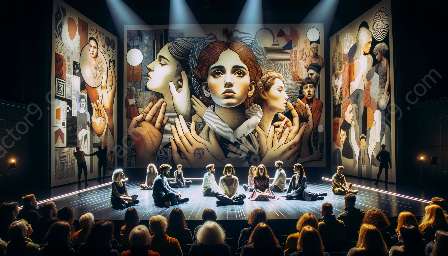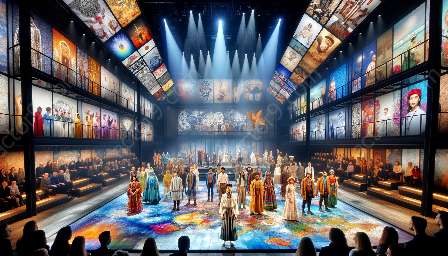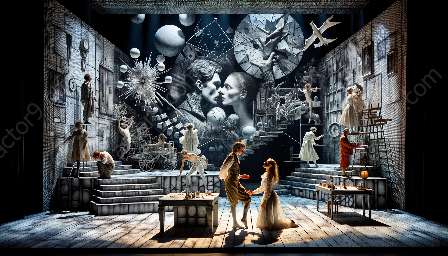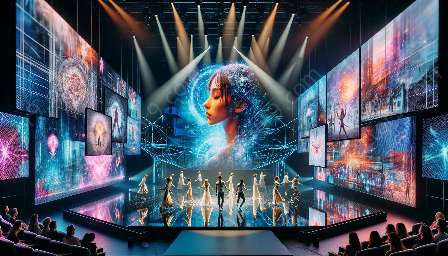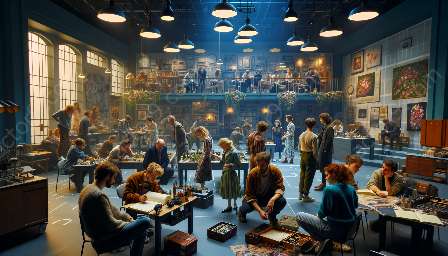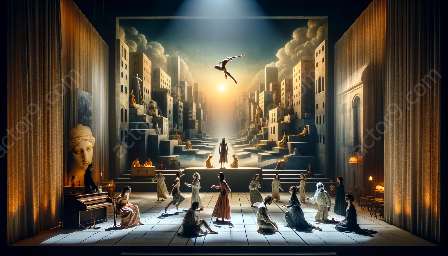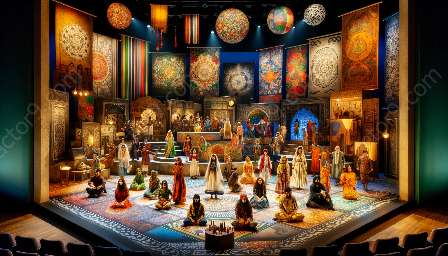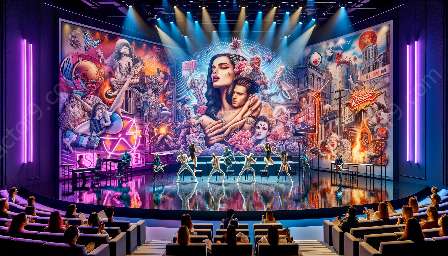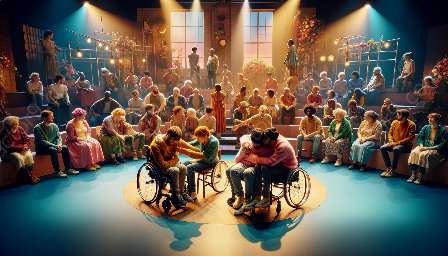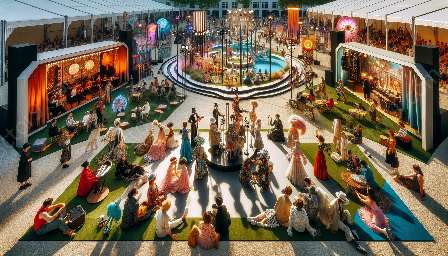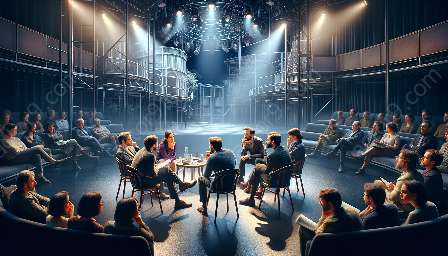Experimental theatre is a rich and dynamic art form that continues to push boundaries, challenge norms, and offer new perspectives on storytelling and performance. One of the most compelling aspects of experimental theatre is the way in which it engages with tradition while also innovating and evolving. This topic cluster aims to explore the fascinating intersection of tradition and innovation within the realm of experimental theatre, with a focus on notable works and the evolution of experimental theatre as a whole.
Understanding Experimental Theatre
Before delving into the fusion of tradition and innovation, it's important to grasp the fundamental elements of experimental theatre. Experimental theatre is characterized by its unconventional and avant-garde approach to performance, often breaking away from traditional narrative structures and embracing non-traditional forms of expression. It encourages risk-taking, encourages audience participation, and challenges the conventions of mainstream theatre.
Engaging with Tradition
Despite its avant-garde nature, experimental theatre frequently engages with tradition in a variety of ways. This can include drawing inspiration from classic plays, reimagining historical events, or incorporating traditional performance styles and techniques into modern experimental productions. By engaging with tradition, experimental theatre maintains a connection to the past while infusing it with contemporary relevance and interpretation.
Notable Works
Several notable experimental theatre works exemplify the fusion of tradition and innovation. For example, 'The Wooster Group' is renowned for its groundbreaking reinterpretations of classic plays, often using unconventional staging and multimedia elements to bring new life to traditional works. Another example is 'Sleep No More,' an immersive theatrical experience that reimagines Shakespeare's Macbeth in a post-modern, interactive environment, merging traditional storytelling with innovative audience engagement.
Innovating in Experimental Theatre
Alongside its engagement with tradition, experimental theatre continually strives to innovate and push artistic boundaries. This innovation can manifest through the use of new technologies, unconventional performance spaces, experimental forms of audience interaction, or the exploration of fresh, unorthodox storytelling techniques. By embracing innovation, experimental theatre stays relevant and continues to captivate audiences with its daring and imaginative approach.
The Evolution of Experimental Theatre
The fusion of tradition and innovation has played a pivotal role in shaping the evolution of experimental theatre. Over time, experimental theatre has evolved from early pioneering works that challenged conventional theatrical norms to a diverse and vibrant art form that encompasses a wide range of styles and approaches. This evolution reflects the dynamic interplay between tradition and innovation, as experimental theatre artists draw inspiration from the past while pushing the boundaries of what theatre can be.
Conclusion
Engaging with tradition while innovating in experimental theatre offers a compelling juxtaposition of old and new, tradition and innovation, heritage and experimentation. This fusion creates a space where the rich tapestry of theatrical history intertwines with the boundless possibilities of contemporary artistic expression, resulting in a truly unique and captivating form of storytelling and performance.

